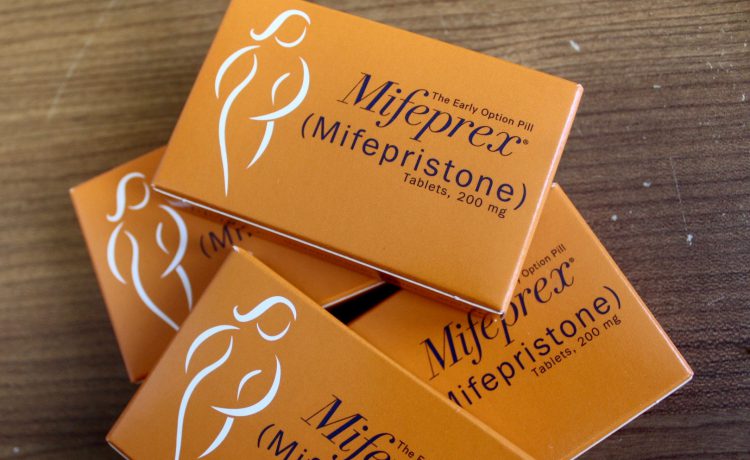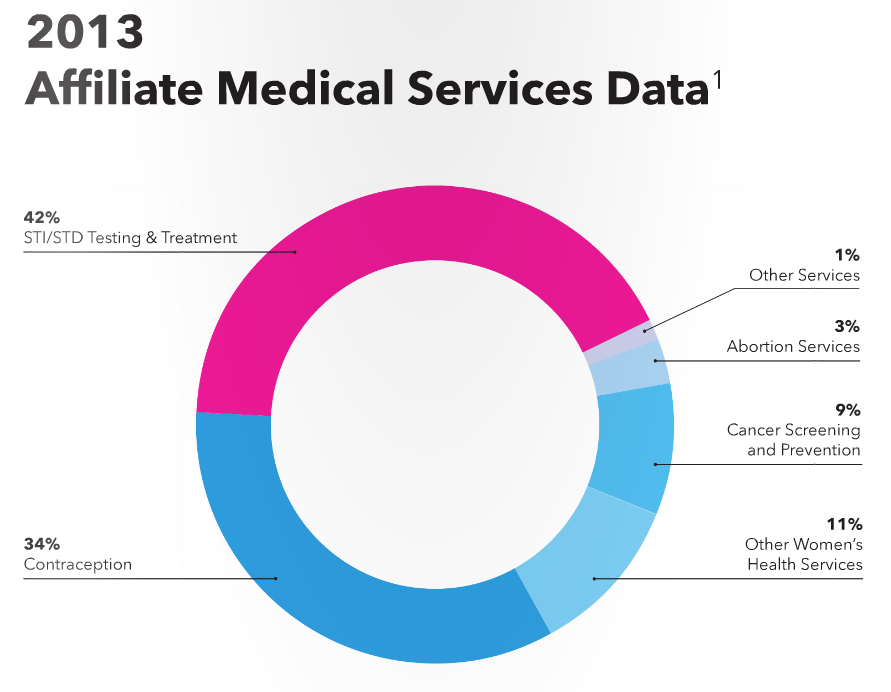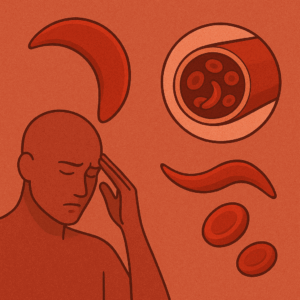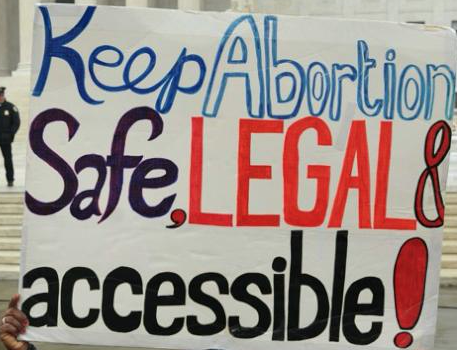The overruling of Roe v. Wade made a personal medical decision even more of a contentious political battle. Despite the majority of the population being in favor of abortion rights, far-right politicians and judges are intent on passing legislation and making rulings to empower state and federal governments to make these decisions for their citizens. The usurpation of the right of people who can become pregnant to make their own decisions about their healthcare and well-being has gotten even more political with a new ruling from an extremist federal judge in Texas.
While the original focus of the abortion ban was on surgical procedures, it has now shifted to medical abortions. Mifepristone along with misoprostol has been safely used for the past 23 to end an intrauterine pregnancy up to ten weeks gestation (eight weeks after conception since the timing of gestation begins at the mother’s last menstrual period). This combination now accounts for more than half of all legal abortions. Some of this is due to the ability of pregnant people to circumvent state laws by getting the medications from other states or as mail-order prescriptions after consultation with a medical provider via telemedicine. .
A federal judge in Texas has now decided he could interpret the science better than healthcare professionals at the FDA and has overruled the FDA’s 2000 approval of mifepristone — but not misoprostol — because he says the FDA made errors when doing so. On the same day a liberal federal judge in Washington State issued an opposing ruling based on a different court case.
Subsequently, a federal appeals court ruled that mifepristone could temporarily remain available but retained some of the restrictions; mifepristone can no longer be obtained through the mail and can only be prescribed up until seven weeks of gestation. Like restriction of abortions after six weeks gestation in many states, the seven week restriction for mifepristone will prevent people who might not yet know they are pregnant from having the opportunity to make a decision.
On April 21, the Supreme Court blocked all lower court rulings, which restored the current availability and indications for treatment of mifepristone, but only postponed a final resolution. The 5th U.S. Circuit Court of Appeals, which has scheduled oral arguments in the case for May 17, will be the next judicial body to weigh in on the matter. It is likely that the issue will come back to the Supreme Court, the same body that reversed Roe v. Wade, for a final resolution.
It is becoming increasingly difficult for many people to distinguish science — the use of rigorous evidence to make recommendations — from politics — convictions based on faith or personal feeling with little or no evidence. The handling of the COVID-19 pandemic, especially with regard to vaccinations, is a prime example. The termination of pregnancy makes the abortion issue more complex, as do the many medical, mental health, social, and financial considerations.
Abortion Is Essential Healthcare, Episode 6 on NeedyMeds’ Health Savings News podcast talks about a lot of these issues. This blog will focus specifically on medical abortion with mifepristone and misoprostol.
It will be helpful to start with a brief summary of how mifepristone and misoprostol work together to induce an abortion.
- First mifepristone is given to block a hormone called progesterone that helps maintain the inside of the uterus during gestation. Once progesterone is no longer available the uterus will expel its contents.
- 24-48 hours later, misoprostol is given to induce contractions to help empty the uterus.
There were many aspects of the ruling that both ignored the science and demonstrated its political nature.
The major argument was that the FDA ignored possible side effects of mifepristone when it was approved 23 years ago. While there are almost always side effects that can be cited, they are only part of the information to be considered when approving a new medication. In the case of mifepristone in the year 2000, the evidence from numerous studies and decades of use in other countries showed a significant margin of safety. The 23 years of mifepristone being used safely for abortions and the treatment of women after miscarriages was also not taken into account.
The judge also cited revisions made in 2016 and 2021 to how mifepristone was used as evidence that the FDA did not know enough about the drug when it was first approved. Again, this ignores the fact that the changes are based on new evidence and additional experience with the medication. This reasoning is similar to the accusation that experts on COVID-19 could not be trusted because their recommendations kept changing, even though this was based on new evidence and ongoing experience with the disease.
Justification for the ruling included that adverse effects from chemical (sic) abortion may ‘overwhelm the medical system,’ place ‘enormous pressure and stress’ on doctors during emergencies and complications, and cause ‘intense psychological trauma and post-traumatic stress women due to the procedure,’ These concerns were grossly overstated since the judge overlooked the rarity of significant adverse effects, copious evidence about the safety of the treatment, and the positive mental health benefits that most people who access abortion experience. Also overlooked is the fact that pregnancy and delivery have significant medical and mental health risks for women and this ruling will result in higher rates of maternal morbidity and mortality.
The judge also inaccurately stated that surgical abortion is “a statistically far safer procedure” than medical abortion and that the entire abortion process takes place within the mother’s home, without physician oversight, potentially leading to undetected ectopic pregnancies and misdiagnosis of gestational age — all leading to severe or even fatal consequences.
The ruling contained many forms of political rhetoric and emotional appeals.
- The statement included the judge’s opinion that ‘embryos could have individual rights that courts can consider in their rulings’.
- The term unborn human was chosen instead of its synonym fetus because it is a common way for antiabortionists to invoke a more sympathetic/emotional response and to minimize the role of the pregnant woman.
- The effect of mifepristone to cause the uterus to shed the placenta was presented as starving the fetus. While mifepristone does separate the fetus from the placenta, the fetus is only 1 mm or 4/100th of an inch long and the term ‘starving’ is an overly emotional interpretation.
There are many consequences if the ruling overruling the approval of mifepristone is successful.
- Although medical abortions could still be done with misoprostol, it is less effective (80 to 98% v. 99.6%) and there are more side effects such as higher rates of vaginal bleeding, infection, and damage to the uterus — especially if a second dose of misoprostol is necessary.
- The health of pregnant women would be at higher risk if abortion seekers turn to illegal surgical procedures to terminate their pregnancies.
- Providers could face legal consequences if they elect to use mifepristone for up to ten weeks gestation.
- The ruling could further undermine the trust people have with their healthcare providers and federal healthcare agencies beyond the FDA and NIH.
- Mifepristone may not be available to treat other conditions it is effective for such as high blood sugar in people with Cushing’s syndrome.
- The ruling could open the door for similar rulings by individual federal judges on any currently approved drugs and give the government even more control over our healthcare.
Despite the Texas judge’s and the federal appeals court rulings, when the evidence for the use of mifepristone and misoprostol is correctly interpreted it is clearly safe and effective for medical abortion. What is also clear is that these rulings are based on politics, convictions of faith, and/or personal feeling. What may not be so clear is the harm that will be done if this ruling is eventually allowed to stand.
NeedyMeds will always support people seeking affordable healthcare — including abortions. Our database of over 19,000 free, low-cost, or sliding scale clinics has more than 7000 of which offer women’s health services including over 450 Planned Parenthood locations. AbortionFinder.org also lists over 700 trusted and verified independent abortion providers, and AidAccess.org provides medication abortion via the mail for people in need all over the world — including the United States. Avoid fraudulent crisis pregnancy centers. Our Diagnosis-Based Assistance database lists programs with varying eligibility, including some that offer forms of assistance for people seeking an abortion and for those affected by COVID-19. For more resources, check our website at www.needymeds.org or call our toll-free helpline at 1-800-503-6897 9am to 5pm Eastern Time Monday through Friday.





